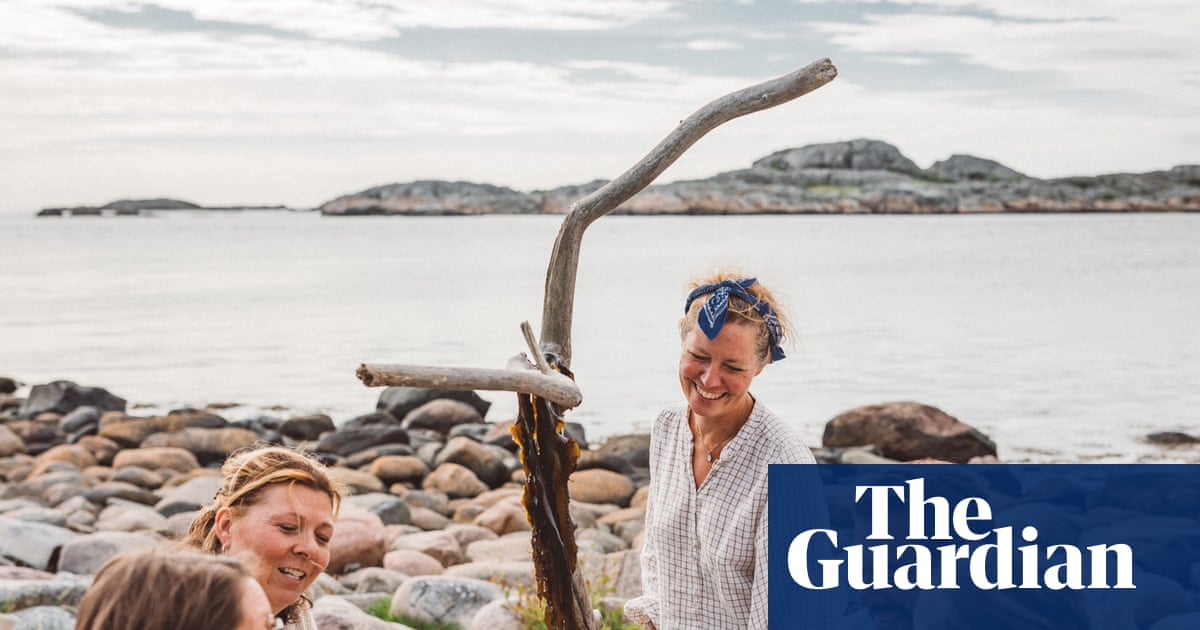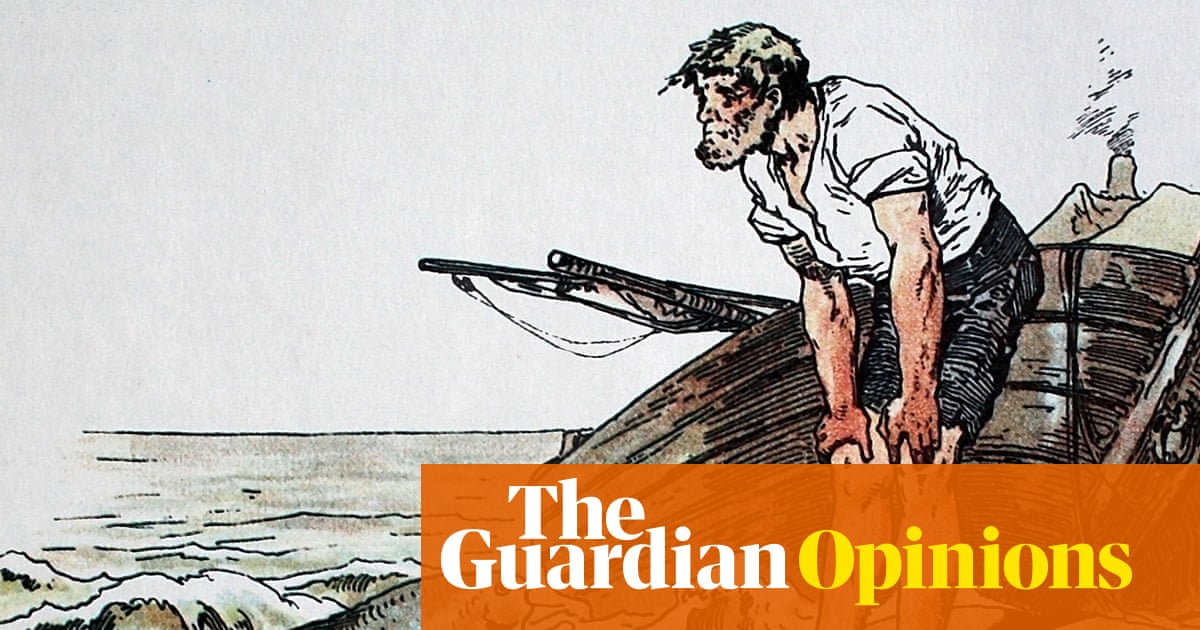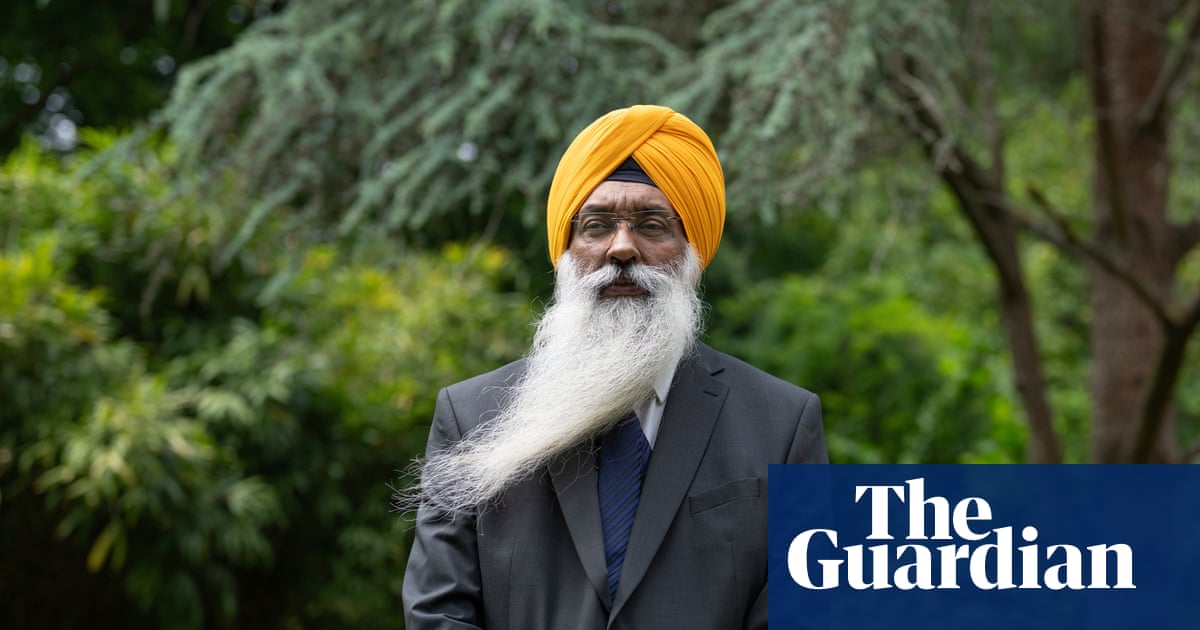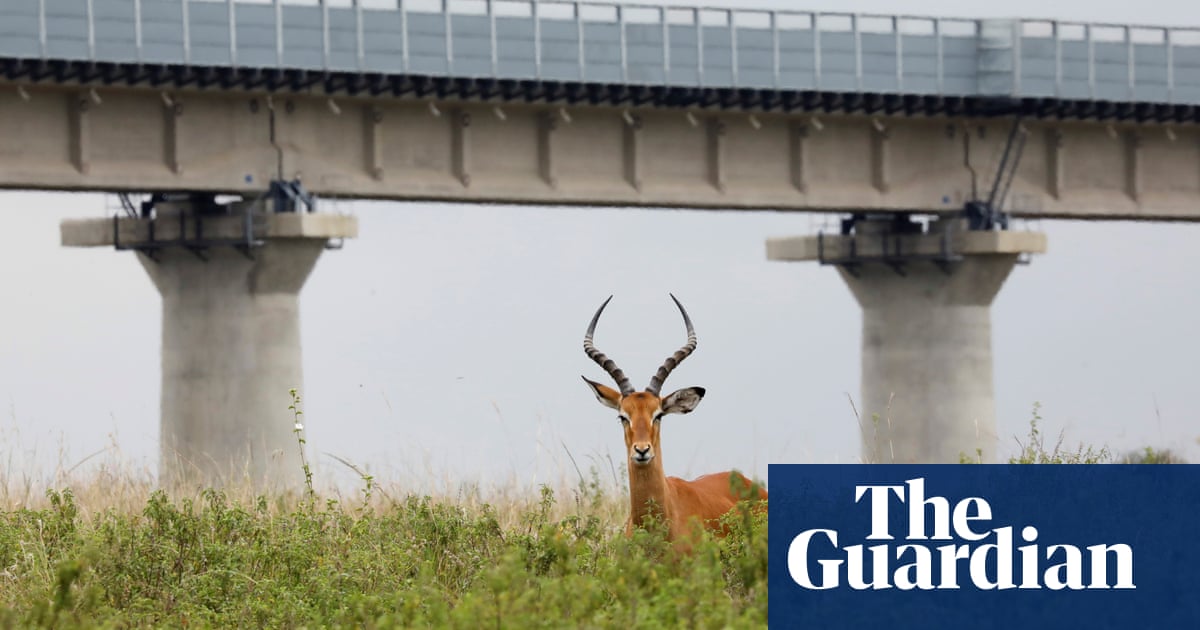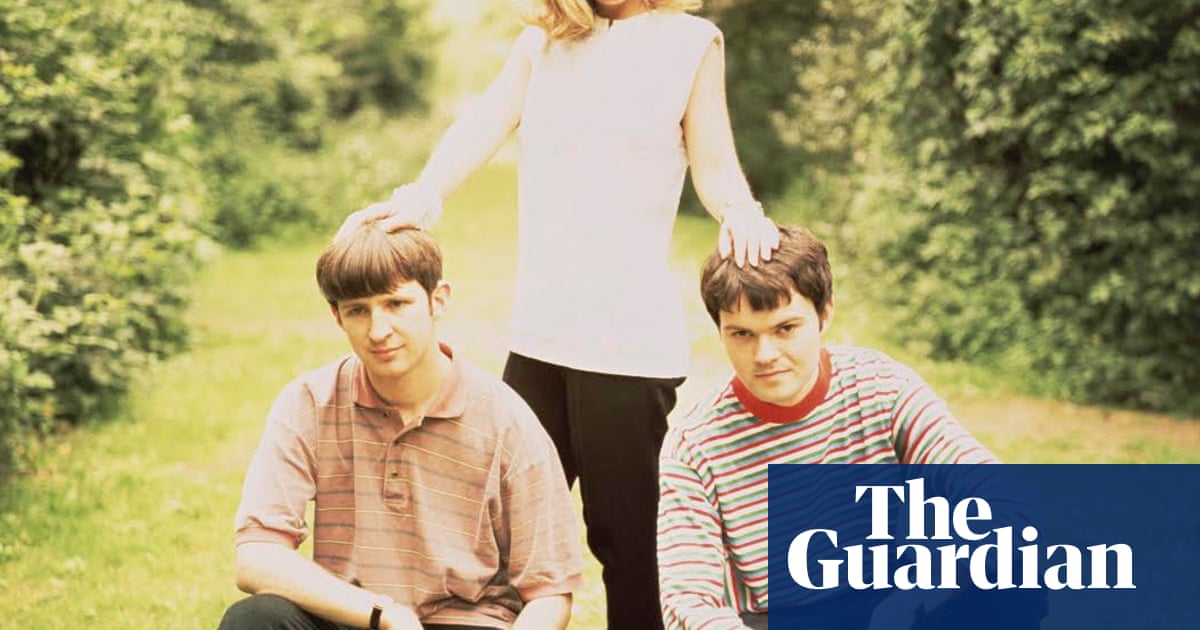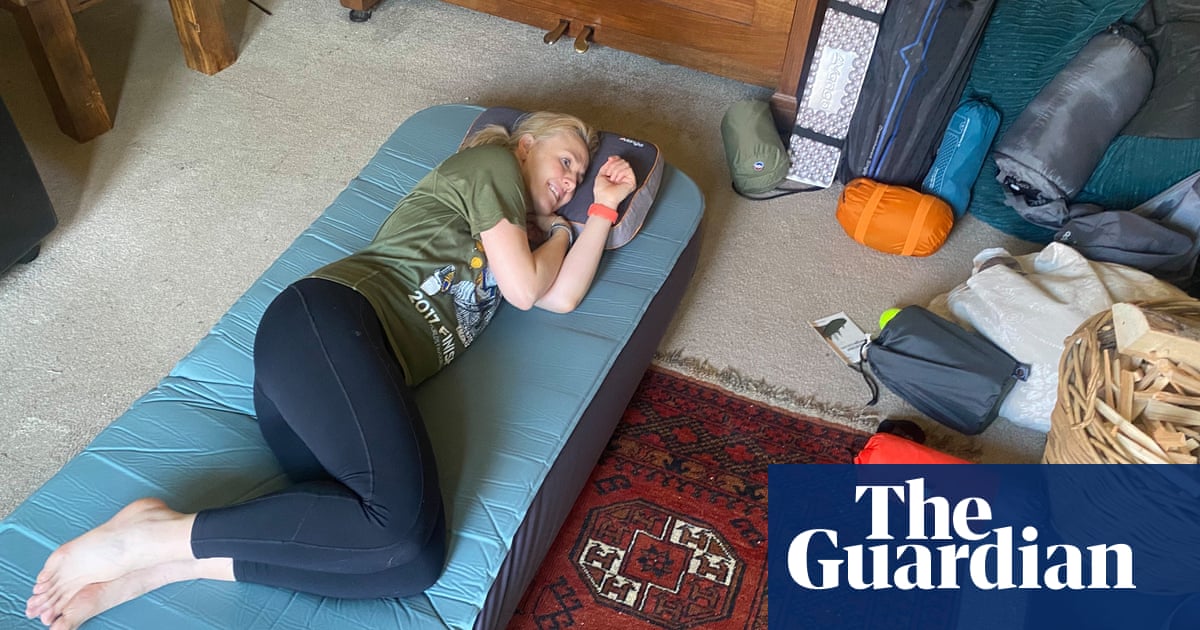Walking with Dinosaurs began a new era of natural history broadcasting when it landed on BBC One in 1999. Rejecting the received wisdom that factual telly couldn’t afford to create CGI dinosaurs as convincing as the ones from the Jurassic Park movies, it opened with Kenneth Branagh’s narration confidently claiming that we were about to be transported to the Earth as it was 65m years ago. Then it pulled off this incredible illusion.
In the quarter of a century that has elapsed since then, much has changed. Palaeontologists have advanced their knowledge, discovering new species and coming to the realisation that not all of their conjecture about what dinosaurs looked like was correct. Now, we know some of them had feathers, or fur, or were brightly coloured, when previously we’d envisioned them all as a uniform reptilian greeny-brown. And, in TV, the dream of making a dino show that is indistinguishable from nature programmes shot on live cameras in the present day (because the computer-generated monsters are so realistic) has got closer and closer.
Reviving the Walking with Dinosaurs brand suggests that we are about to take another ground-shaking leap forward. But, it would be surprising if the increasingly extinct-smelling BBC of 2025 were able to perform the same feat it did in 1999 – and it hasn’t. The new Walking is a decent dino documentary and nothing more: it’s fine but compared with the competition, it feels cheap and tired.
We start at an archaeological dig in eastern Montana, which Bertie Carvel’s voiceover describes as “a vast, untamed wilderness”. To confirm that his script will be happy to use cliches that are almost as old as the fossils in the dry Montana dust, Carvel then informs us that the team from the North Carolina Museum of Natural Sciences is excavating an “iconic species” – a Triceratops.
Specifically, the scientists are exhuming an animal they have nicknamed Clover, a dog-sized baby Triceratops who died when she was around three years old. Cue the digitally created pictures of Laramidia, a continent that was the lush, green ancestor of what we call North America. Clover is surviving alone, bewildered by run-ins with the intimidating pterosaur, Infernodrakon – which hadn’t been discovered back when the original WWD went out – and surviving attacks from her most feared predator, the Tyrannosaurus rex. The ill-fated Clover tries to tag along with a passing adult Triceratops, but the show imagines a Disney-ish dynamic, where the old-timer can’t be doing with an annoying pup, so Clover has to join a herd of the cow-like Edmontosaurus instead.
The visuals are certainly better than they were 25 years ago, but they have a slight jerkiness that doesn’t look totally cutting-edge. Viewers who have immersed themselves in Prehistoric Planet, the stunning 2022 Apple TV+ series narrated by David Attenborough, are being asked to take a step backwards here: that show was so crisp and smooth it actually achieved the impossible and felt real.
As if it knows it can’t compete, the new Walking with Dinosaurs changes direction. All dino documentaries are based on the work of palaeontologists, and they usually mention what recent breakthroughs have been made. Here, however, we regularly leave the Clover story, return to the present and watch those experts carry out everyday tasks in a way that is painstaking to the point of tedium. As soil is brushed away, bones are measured and facts are delivered verbally by experts, instead of being illustrated by Clover the anthropomorphised digital dinosaur, it’s not clear who Walking with Dinosaurs is aimed at. Dinosaurs are massively popular with primary-schoolchildren, but it tends to be an interest that doesn’t survive the asteroid impact of puberty; of course there is a section of a Sunday teatime audience that might grow up and retain a desire to become the next generation of palaeontologists, but perhaps showing them real palaeontologists at work isn’t the best way to encourage them.
The science and the drama do interact effectively on occasion. In one thrilling sequence, vascular channels on the surface of a Triceratops bone lead the museum guys to surmise that the creature could change the colour pattern on its frill; then we see an adult Triceratops doing just that, making it look as if it has a pair of giant, blood-red eyes to scare off a T rex. Kids who haven’t become too fidgety during the science bits will also enjoy a neat twist at the end of the fictional Clover story, guessing at how she might have survived for at least a little longer. But when the bone-diggers of the future look back, this won’t be the dinosaur documentary they remember most fondly.

.png) 3 months ago
114
3 months ago
114














